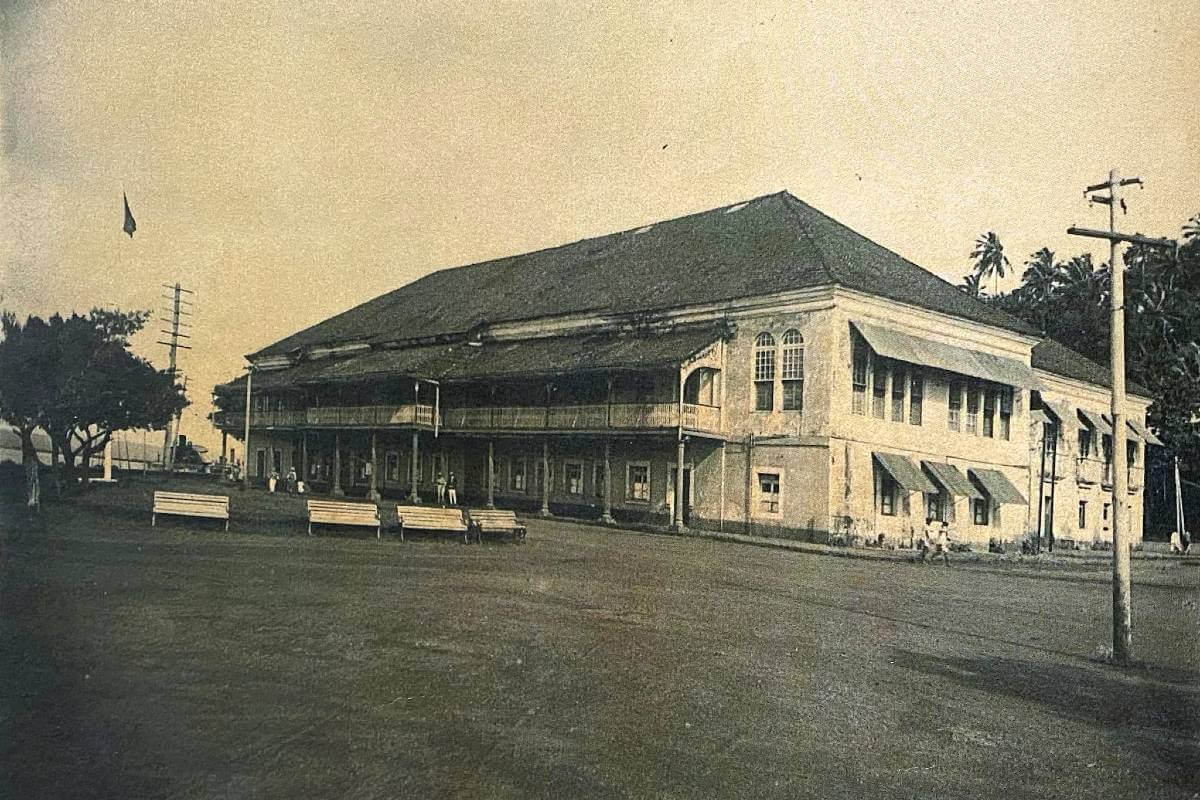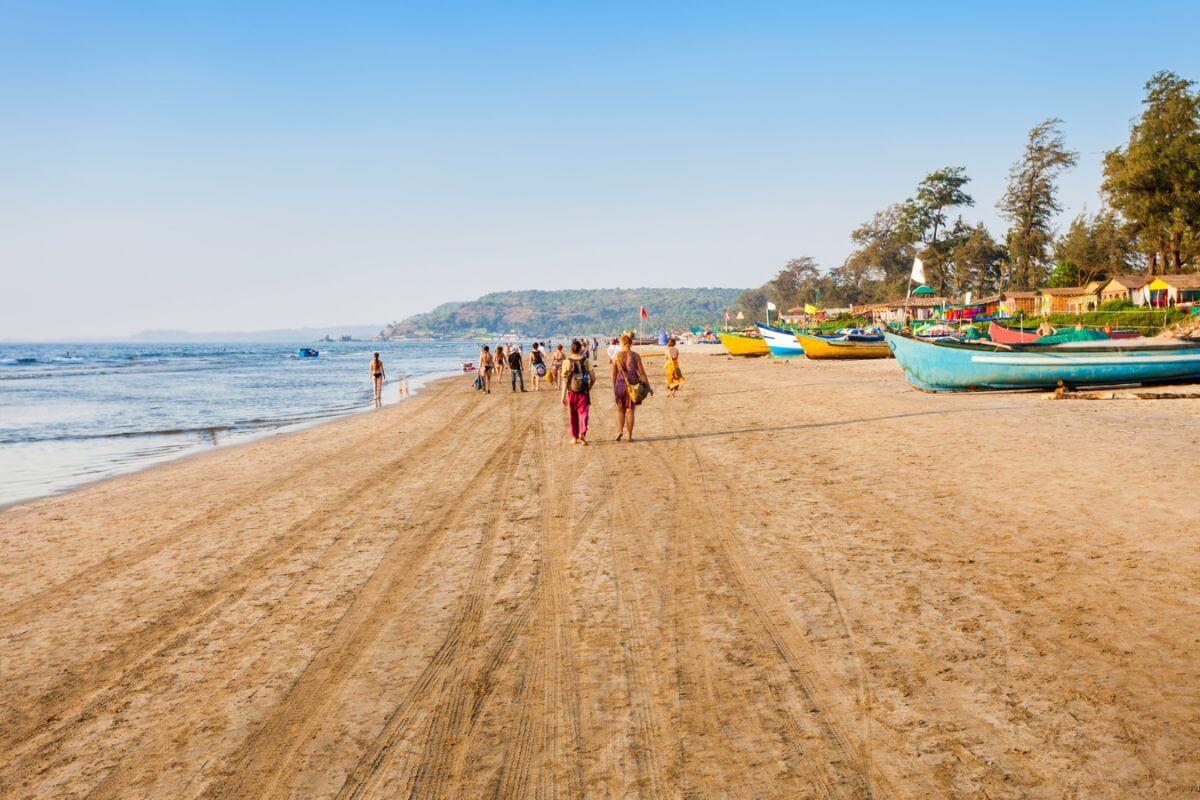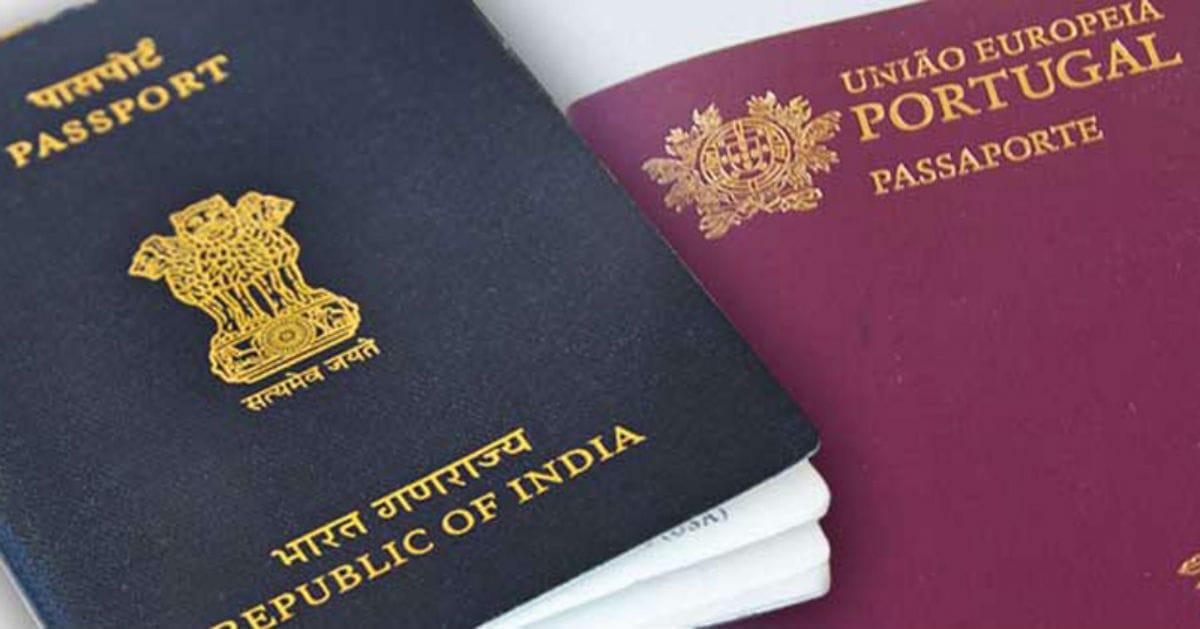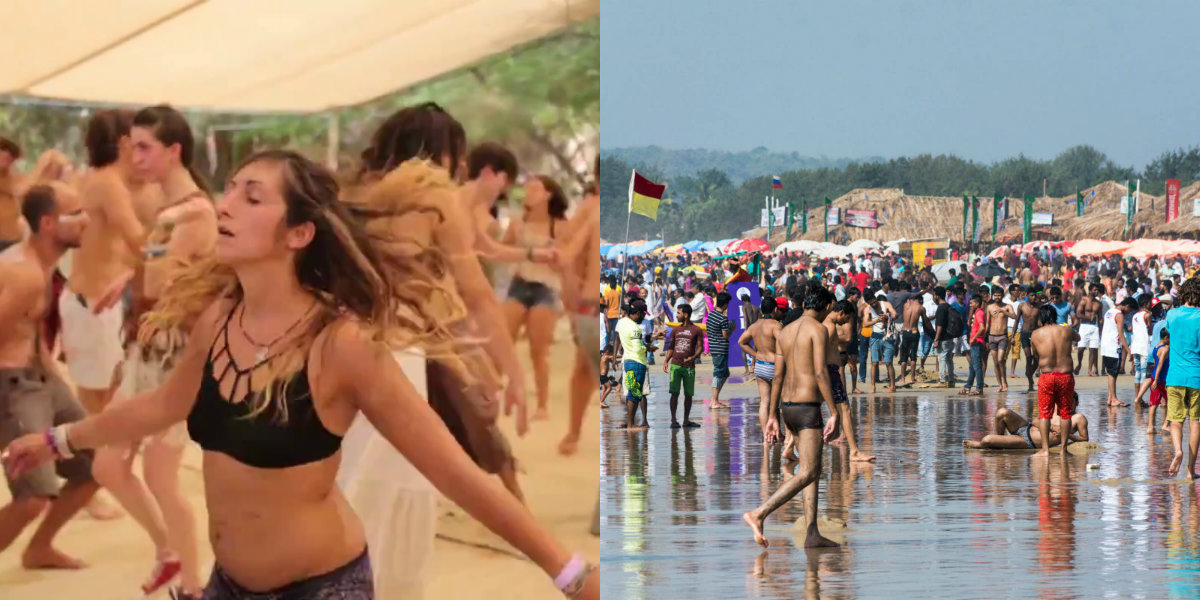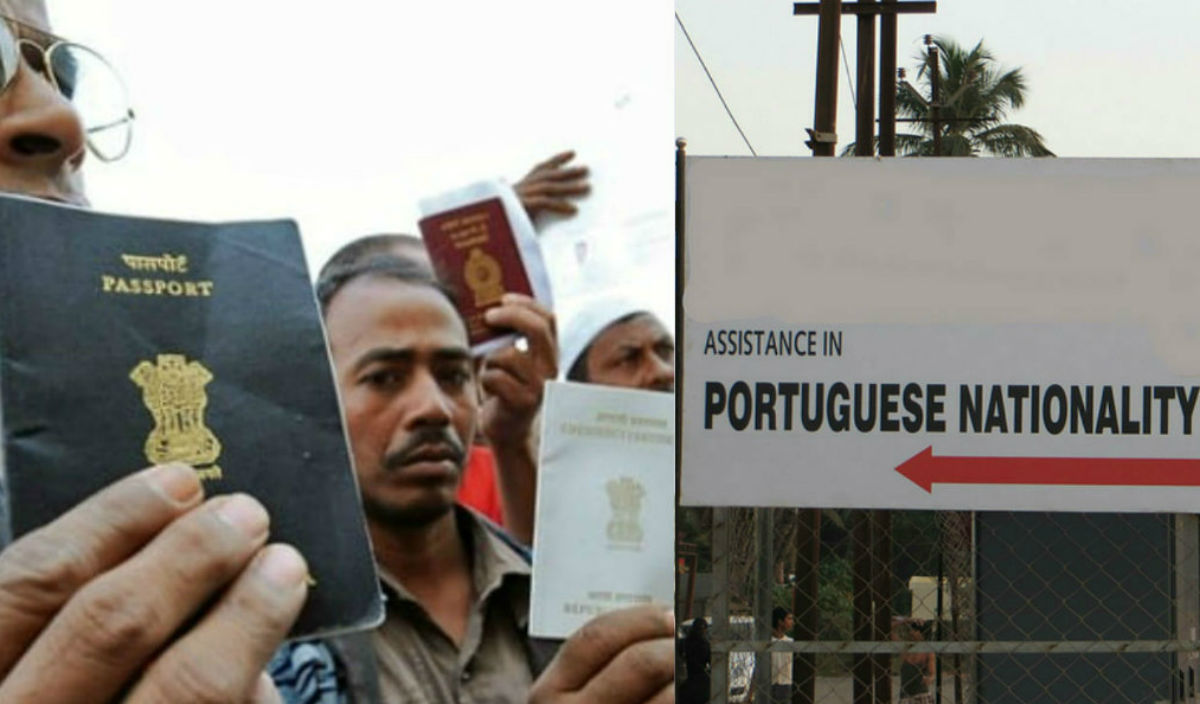“At the stroke of the midnight hour, when the world sleeps, India will awake to life and freedom.” Pandit Jawaharlal Nehru’s sturdy words emanate patriotic feelings that Indians will forever remember. A struggle – that persisted for over three centuries – as freedom fighters and leaders, with commitment and strong fervor, vested by the true citizenry, paved the way for India’s independence.
However, in Goa – the tiny state under the Portuguese for over 450 years – continued to rule this vast turf of beautiful land. The Portuguese were actually the first to colonize India, and moreover, the last to leave the country.
The state – mirrored as the party capital of the country – is much more than just its sand and sea. Having been invaded by the Portuguese in 1510, and ruled for over four centuries, Goa witnessed several periods – from the diabolic type to some culturally enriching – that till today are widely visible within the local Goan landscape.
As the rest of the country erupted in jubilant triumph on August 15, 1947, Goa too, had some celebration around, despite being under the Portuguese. The Indian tricolor was unfurled by the Consul General M R A Baig, at the consulate premises, located then at the capital city’s Altinho. This was followed by the reading of a message from Pandit Jawaharlal Nehru.
The Indian flag was however only allowed to be hosted on a condition that the Portuguese flag will also be at full mast. “It was a very quiet day, and nothing much really occurred in the state that time,” recalls a local resident, who doesn’t quite really remember any grand rejoice.
Much of the generation that looks back on faint memories of the 1947 struggle will piece together how Goa displayed a different way of celebration, and how the country’s independence made little difference for anything that happened here in Goa.
Nevertheless, the state had festivities to mark the country’s victory in its freedom struggle, despite continuing to be under the clutches of the Portuguese. However, within the state itself, it was a scattered thing, if one could say it to be.
Major hoisting’s of the national flag was only held at Panaji city and a few other towns. The rural pockets – where the majority of the state’s inhabitants lived and continue to – had a silent and a regular day that year. For the quiet villages of the South, from Cansaulim to Majorda and Assolna to Betul, a regular routine day was witnessed, as many were not overly excited at the country’s independence.
The usual quaint hamlet roads along with the fresh village aroma were the scene of that day across the state; while across the border, a country rejoiced. The state’s freedom struggle movement had just begun, and as India kept its tryst with destiny, Goa slowly commenced gaining within itself a momentum to attain its own freedom.
The winds of change initially began picking up just before the country’s independence, on June 18, 1946. The efforts of Ram Manohar Lohia and Dr. Juliao Menezes will forever be indebted by Goans by and large. The Civil Disobedience Movement, initiated by Lohia was just the beginning of the years of struggle that Goans put together to attain complete freedom.
The land of paradise, draped with palm trees witnessed this unusual air, that of expectancy to gain independence too and get together with India – its mainland. The same finally bore success only 14 years after 1947 in 1961. Today, as India marks its 74th Independence Day, one mustn’t fail to recall the struggles and sufferings that were witnessed for the country’s as well as for Goa’s freedom movement.



